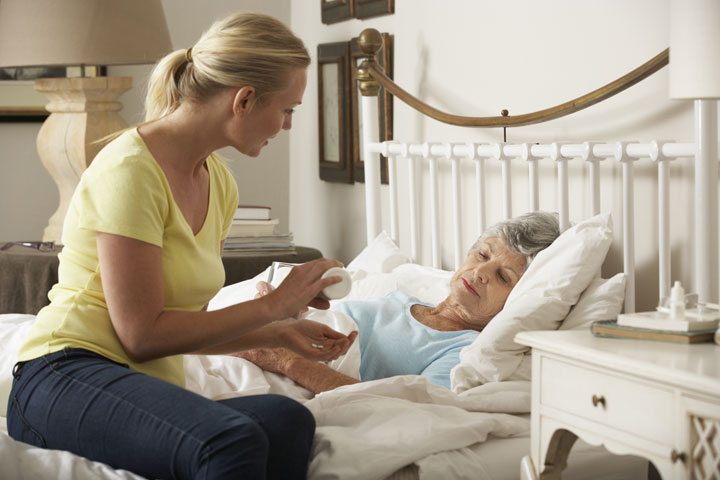Aspects of the normal aging process have effects on the dynamics of family relationships. “Family” can be a spouse, children, grandchildren, and members of an even more extended family. The aging process can also affect the dynamics of relationships with friends and colleagues. The changes in the relationships can be even more profound when an older individual is injured, becomes ill, and is otherwise dependent upon one or more family members for care.
How Family Dynamics Can Change with Time
For the purpose of this article, let’s define “family dynamics” as the roles and responsibilities of each family member. When you were raising children, they included things like who ensured that homework got done, who took the kids to soccer practice, who took out the garbage, who did the grocery shopping, and who cared for the yard.
But once the children became adults and moved out, while the concept of family dynamics continued, the specifics changed. The focus now might be on who is in charge of paying the electric bill, keeping track of medical appointments, and monitoring medication. Then, and now, the functions are those necessary to help a family function from day to day.
The common denominator of family dynamics remains the ongoing daily family function. But the reality is that when spouses grow older, the one who was mainly in charge of a category of roles may find himself or herself responsible for the role(s) historically played by the other. Likewise, other family members might have to become involved when they were not before. This could be the result of any number of factors, including:
- Illness
- Injury
- Vision loss
- Inability to drive
The spouse who can no longer perform his or her traditional roles may be a wholly different person than before. It is, therefore, important to determine if the remaining spouse is willing and able to assume the roles of the other in addition to performing his or her own traditional roles. If not, other family members will have to be solicited for help. The good news is that if the disability is strictly age-related, there is time to prepare for the possibility of role-reversal. In the business world, this might be called “cross-training.” However, if a disability is sudden, there is not the benefit of time to prepare. In either event, the primary caregiver will need to be ready for a lifetime commitment of care.
Being Prepared for a Role-Reversal
The role reversal can lead to resentment and create strain on a marriage and overall family dynamics. As time passes, caregivers can become depressed, anxious and alienated from other family members. The alienation can arise because at first, other family members are willing to help with caregiving, but later distance themselves.
Whether the role reversal occurs as a part of the normal aging process, or the result of an illness, injury, or other unexpected occurrence, families, friends and co-workers must adapt. Better yet, they should think ahead and create a plan of action, because odds are that a family member will need help and that a role-reversal will occur. Families with a positive and supportive family structure tend to have better coping skills and are more capable of dealing with the changes that occur. A family that is not prepared, and that retains its old, rigid structure and customary roles, is less able to adapt to the new needs of the senior.
(This article was updated January, 2024 since it originally published in June, 2016.)
